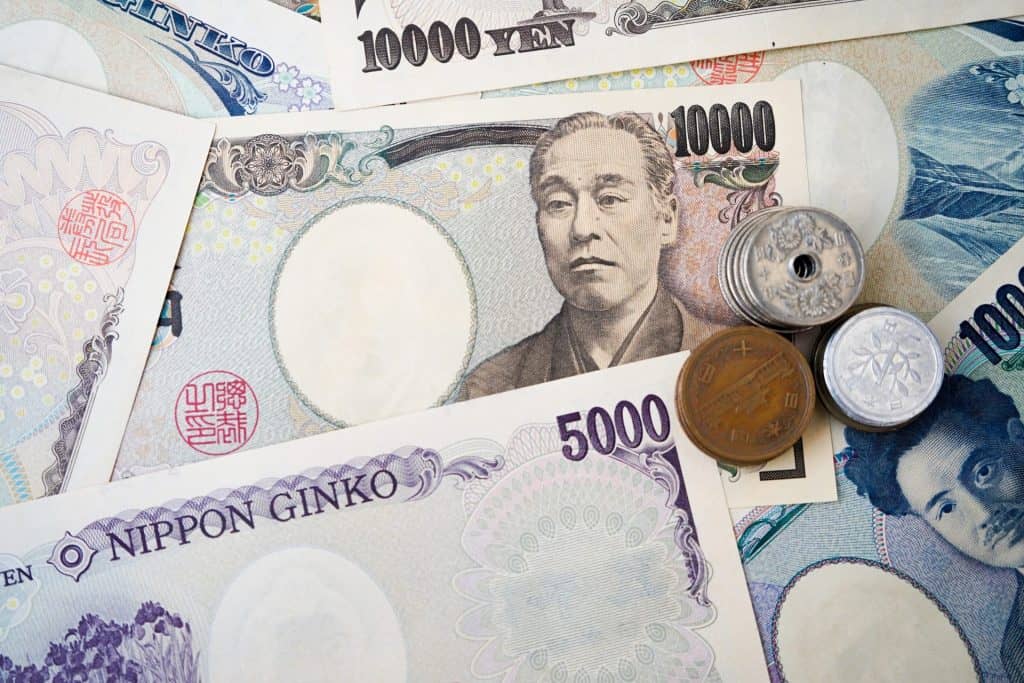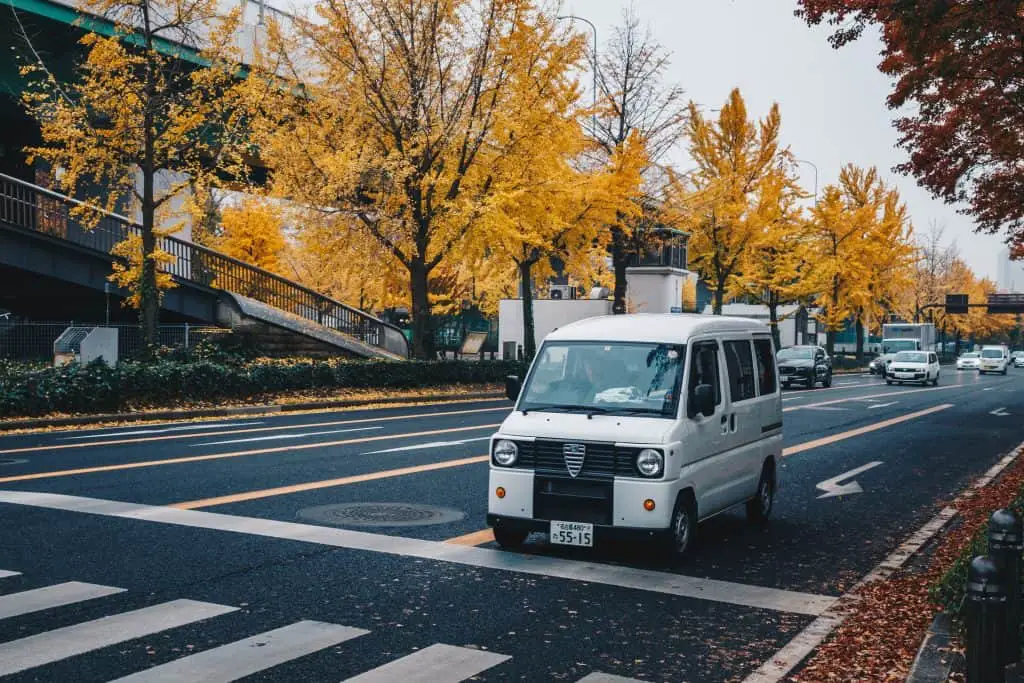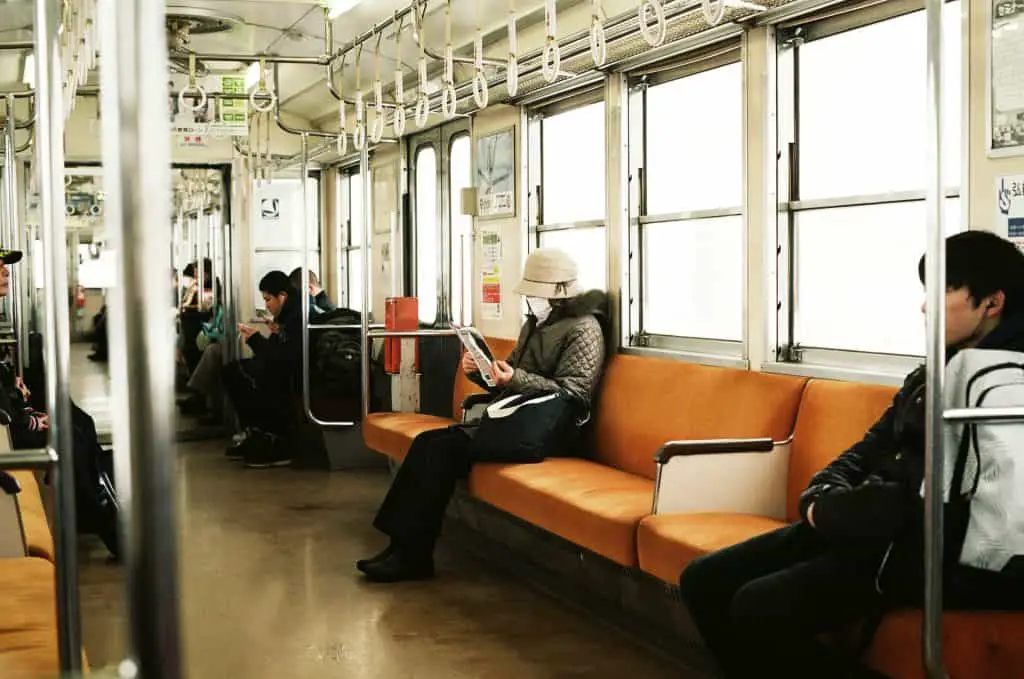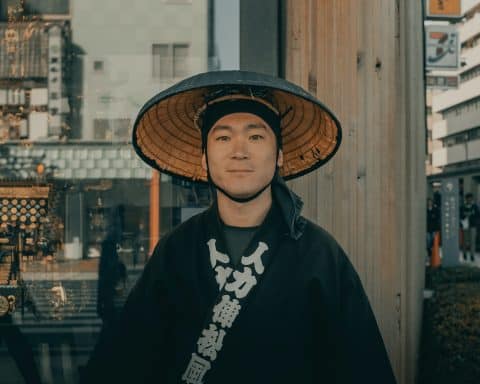If you live in America, chances are that you’re used to pretty big cars. Well, big everything over there because of how much space there is, but some of those cars are absolutely huge!
Here in the UK our roads are smaller purely because we don’t have the space. The thought of driving an S.U.V through some of the streets around here is not one Id like to carry out…
And then we come to Japan. Home of the smallest and most boxy looking cars in the world.
Or as they are known in Japan, Kei cars.
What are Kei cars?
A Japanese Kei car is essentially a really small or micro vehicle that is still highway-legal in Japan.
The Category of ‘Kei’ was originally created back in 1949 that specified vehicle regulations such as size, engine, and power. This ensured the owner of the car would still be able to receive tax breaks when making the purchase and continuously running the car.
More on that later!
Quick fact: Japanese Kei cars are also known as Japanese city cars, ultra mini and Japanese microcars
Why are Kei cars popular in Japan?
If you can’t be bothered to read the whole page, the main reason why these small cars are so popular in Japan is maximum practicality in a small space. Of course, the situation is a little more complicated than that so do read on if you’re interested!
Are Kei cars legal in the United States?
If for some reason you want to go completely against the grain in the US and drive the smallest cars in the world on the biggest roads in the world, then technically it is possible if you can jump through a few hoops.
Whilst this mini cars are usually only seen in Japan, in rare instances you may see them floating about the US and other countries if they’ve been imported.
Normally, the United states forbids any import of cars that arent at least 25 years old and that includes Kei cars and trucks.
However, in 21 of the 50 states in the US the importation of Kei trucks (and cars) of any age is legal. Once they’re in the US they’ll have to be registered as an ATV and most of these states allow ATV’s to be driven on bigger, public roads.
So if you reaaaaaaly want one, it’s possible but a little more complicated that smacking that ‘Buy it now’ button.
Are Japanese Kei cars safe?
No…. Just…. NO!
I mean, sure some of the more modern small cars may have improved safety features but in a car that’s beyond tiny, the crumple zone is more likely to be your face than the hood.
Just look at them! Your entire body makes up the front 40% of the car…
This is absolutely my biggest gripe with the Kei car. Whilst I don’t know much about car safety standards, I would imagine that’s partly the reason they aren’t widely used in other countries around the world.
Having said that, I have seen some used as a mini snow plow in ski resorts.
That’s my kind of driving! And honestly seems like a perfect use for these mini Japanese cars!
1. Limited space

We’ll start with the most obvious one. Kei cars exist to function practically in the extremely limited spaces Japan has left.
If you’re planning a flight to Tokyo, take a look at the vehicles you see on the road. I guarantee you’ll see more Kei vans and cars than the lorries you’re used to seeing in your local city.
At a population of just over 37 million people, Tokyo is the worlds most populous megacity. It’s also in a country where space is a real premium so you can expect to find tightly packed cities, suburban areas, and small roads.
All of these reasons mean Japanese citizens need smaller cars to navigate cities and companies require smaller comercial vehicles to transport good to and from locations.
So if you’re weaving your way through the tightly packed streets of old Tokyo, the chances are you’re going to want a very small car.
Most Kei cars and micro trucks have completely flat panels on all sides of their body to assist with parking in tight spaces and to take up the least amount of space possible for the other drivers. This is what gives them a boxy or cube like shape.
2. Tax incentives

Another reason most of the cars in Japan are micro-sized is because of tax incentives.
Standard Japanese vehicles have a tax rate of 3% whereas Kei car tax is 2%. That means you would pay 2 or 3 percent of the purchase price of the car as tax. Now, this might not seem like much (and in some cases it probably isn’t) but the automobile market in Japan has recently be slammed with tax increases.
Original Kei car tax price: 3%
Original standard car tax price: 5%
Japan has a high cost of living, so any saving (especially on a car that may only be used on the weekends) is welcomed by the majority of people.
The smaller car also mean it has a smaller engine, 660cc in most cases.
And what does a smaller engine mean? Smaller insurance payments.
You can start to build a picture of why these cars appeal to so many people.
3. Efficiency

Whilst doing some research on this post, I realised one of the reasons these boxy cars are so popular with Japanese citizens is because of the relatively low speed limits on most roads. I mean it’s all well and good having a Ferrari but if you can only drive it 30mph, what’s the point?
However, upon a more in-depth dive of Japanese speed laws, this article from Japan times suggests you can actually drive as fast as you want. Now I don’t claim to know a whole lot about Japanese driving laws, and I’m not stating that Japan Times have given out false information, but I don’t believe it. The heading of the title is ‘In Japan, drive as fast as you want’. Make sure that if you’re driving in Japan, you follow the proper procedures and don’t drive as fast as you want!
Anyway, I digress…
We’ll continue this point under the assumption that Japan road speed laws arent infinite, so it’s quite understandable that people just want their car for practical reasons.
Since their initial release in 1949, the guidelines for what it means to be ‘Kei’ have drastically changed. In their most recent regulation change in 1990, the Japanese government have allowed the following:
| Kei car regulation | Old | New |
| Engine size | 550cc | 660cc |
| Car length (total) | 3.2 Metres | 3.3 Metres (3.4 Metres in 1998) |
Are Japanese Kei cars good on fuel?
As a generalised answer, I would say yes.
Manafacturers often suggest numbers upwards of 70mpg, but from what I read throughout researching Kei cars that number is closer to 30/40.
You have to take into account that:
- They have smaller engines so will require more revving (using more fuel)
- They will likely be completing smaller trips around the city which isn’t as great for higher mpg
- You probably can’t load them to the brim and still expect such a high mpg
Having said that, the cars themselves are designed to be small and light, and it’s quite incredible to get numbers as high as they are.
I think the key point is that, it’s just enough. People are happy with how far they can get and how cheap they are to run. That’s what makes these cars so popular has almost half of Japan owning them.
Through simple supply and demand we can see that car factories are likely to continue producing them at a quick rate which means they aren’t going anywhere anytime soon.
4. Less desire for cars in general

I think this is one of the most important points in trying to find out why small cars in Japan are so popular.
As we’ve already talked about a great deal, Japan (especially the cities) is a country of practicality.
If you live anywhere near a city, the chances that you’ll take your car into work are fantastically slim.
With a subway system that issues written apology letters if it’s more than 2 minutes late, there’s no reason to take your car to work and risk a traffic jam.
And this train system runs to all corners of the country. So as far as transport is concerned, the trains are often the best bet no matter where your end destination is.
So with a country wide mindset like this that tends to focus on the practicality of travel, the automobile market of Japan has to adapt too.
Selling practical, small, fuel efficient cars is the best way to advertise to a nation that probably has less desire for cars in general.
So, would you buy a Japanese Kei car?
After all this research we know the following:
- We know the square or ‘Boxy’ look is to aid parking and driving in tightly packed areas
- We know they’re small so they can easily manovoure around small Japanese streets
- We know they’re popular because they’re tax efficient and normally have good mpg if driven sensibly
Honestly, other than their pretty terrible safety I think I’d grab one. They’re small, pretty cute, and minimal. Everything I love about Certain aspects of Japanese culture!
I also wouldn’t be adverse to renting one out for a few weeks or days when I’m back in Japan, though the thought of driving in central Tokyo isn’t a particularly fun one…
Let me know below if you’d be up for driving one of these J-Wagons, or maybe you already have and can shed some light on these micro machines for the rest of us!








